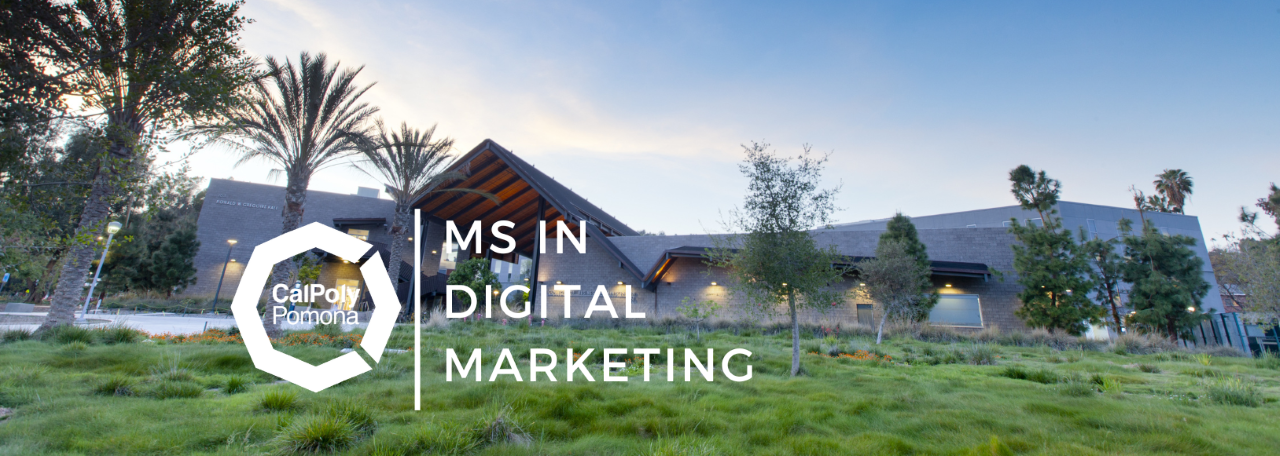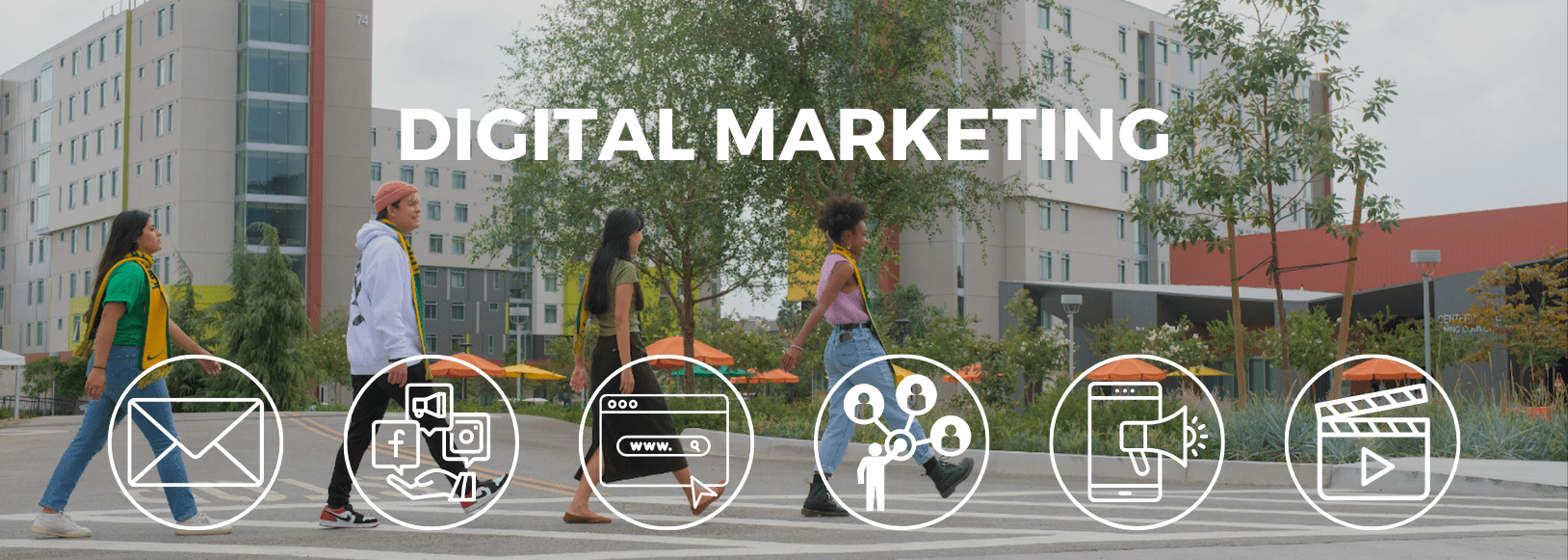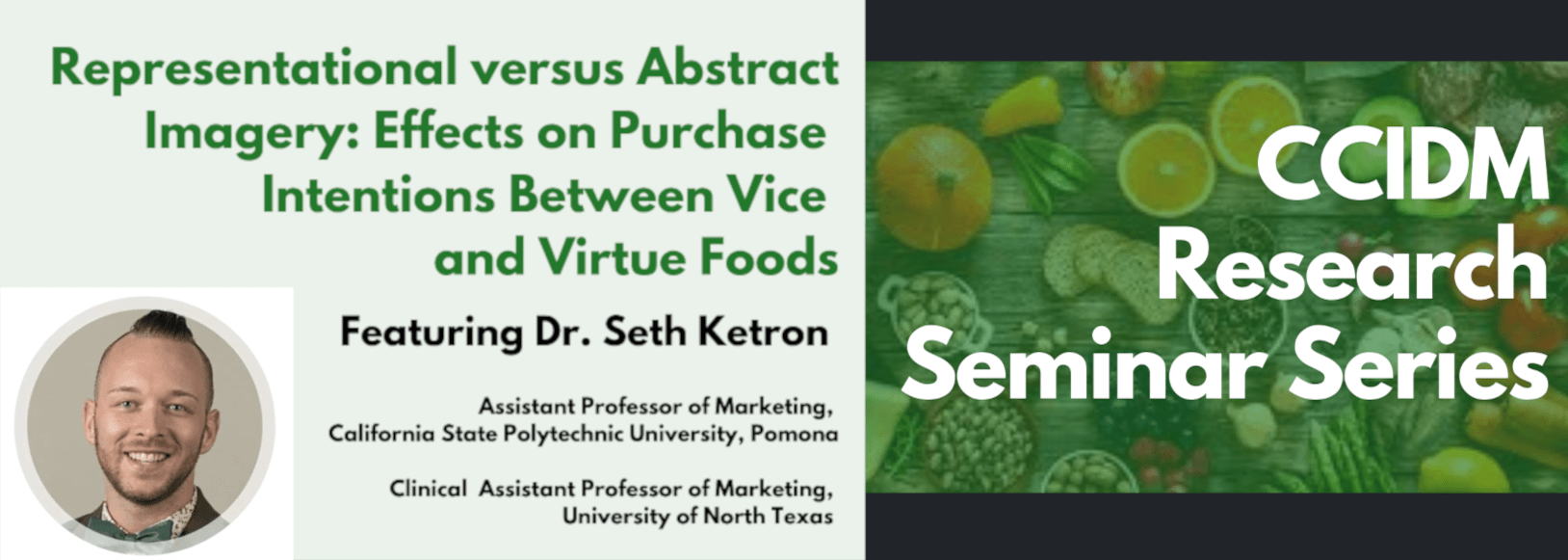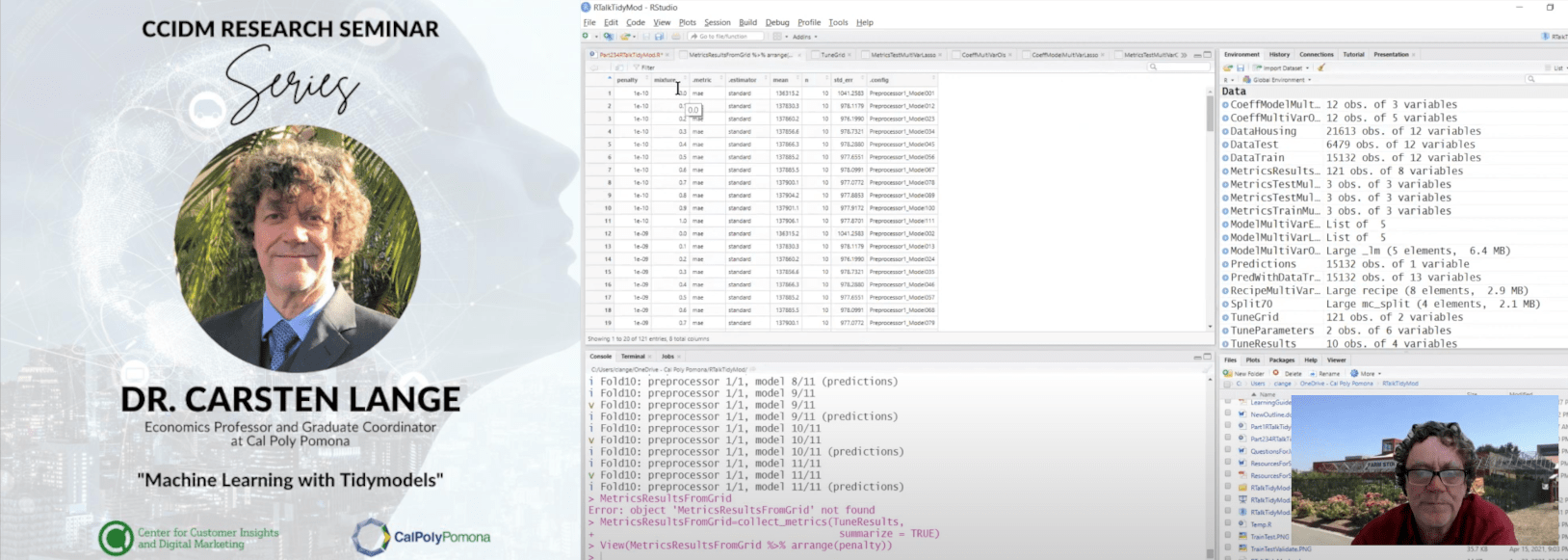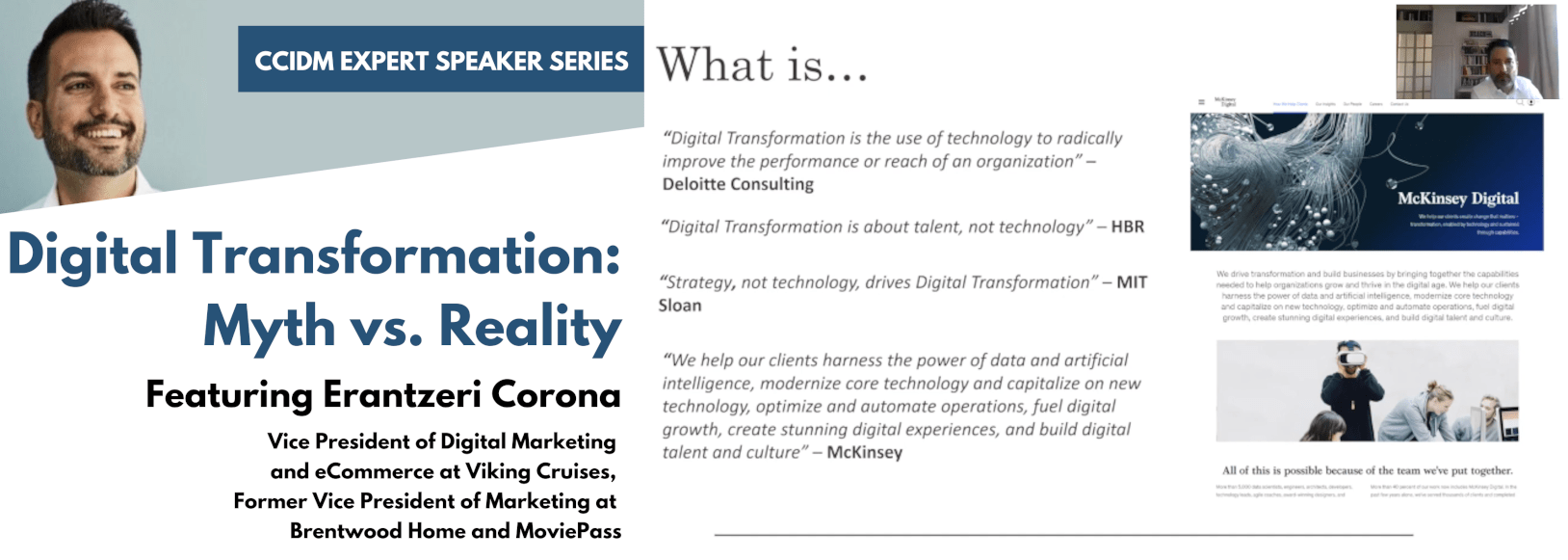Frequently Asked Questions
Our program covers both digital marketing and marketing analytics. Digital Marketing involves not only digital marketing execution (e.g., social media marketing, SEO, database marketing, mobile marketing) but also evaluating and tuning up the marketing programs based on data. Although the program name does not have the word “analytics,” it is inevitable for digital marketing to deal with analytics. For analytics, we cover not only the traditional research method dealing with primary data, but also secondary data generated by CRM tools using data science methods tailored for marketing. Whether you are oriented towards the creative side or analytic side, we cover both so that no matter which side you may prefer to focus in your career, you can communicate effectively to the other side and manage both sides as you move up the ladder in your organization.
Our faculty is well-connected to the industry, bringing practical, hands-on projects to the classroom. Our curriculum is responsive to changing industry development, offering networking opportunities and industry expert series. Plus, the Center for Customer Insights and Digital Marketing provide students with infrastructure for research and internship opportunities.
While job decisions are a personal choice, graduates of this program will be trained for entry-level jobs or managerial positions for brands as well as suppliers. Example positions that graduates of the program would be prepared for include:
- Digital Marketing Specialist / Manager / Director
- Marketing Data Scientist
- Customer Analytics Director
- Social Media Marketing Specialist
- Web Analytics Specialist
- Consumer Insights Analyst
- Search Engine Marketing Specialist
- Database Marketing Specialist
- Social media and text analyst
- Research Associate / Research Director
- Web Design and Media Analytics Specialist
R was initially developed as statistical programming open-source software in the 1990s and has gained popularity in research methods or statistics classes across disciplines. When data science and big data emerged as major forces in businesses in the 2010s, the R community developed the Tidyverse ecosystem, which is optimized for modern data science. R has been best known for its ability to create an aesthetically appealing and exceptionally-well customizable data visualization with the use of the ggplot2 package, which is part of the Tidyverse mega package. R is made up of tens of thousands of packages that experts across scientific fields created to share with the scientific community. There is a committee that evaluates new packages submitted for use in the R community. There are conferences of R users to push the envelope for the love of science. There are many websites, blogs, and Youtube videos that teach R and provide support to R users. Due to vibrant community efforts, innovations and advancements in methods are instantly added to R. There is nothing you cannot do with R that you can do with proprietary commercial statistical packages such as SAS, SPSS, and STATA.
For this reason, many professors use R in their courses. Just like any programming language, there is a learning curve. You might have learned R in an undergraduate statistics class often time with the original base R. However, you are most likely to have not learned modern data science skills in R. Check out the DWV 100 (Data Wrangling and Visualization Certificate Program) that the CCIDM offers.- Affidavit of Financial Support
- Agreement to Purchase Cal Poly Pomona Group Health Insurance
- Supplementary Information of International (VISA) applicants
Your official transcripts and English Proficiency exam scores are to be sent to the Admissions & Enrollment Planning at:
You will be redirected to the Digital Marketing Homepage shortly.
